Flossenbürg Concentration Camp
A preserved Nazi labor camp now has a Holocaust museum on site and memorials to the thousands that died while imprisoned at the camp.
Flossenbürg was the fourth Nazi concentration camp built in Germany, chosen for its location near a granite quarry. From the time the camp opened in 1938, prisoners were forced to excavate granite nearby. It was used for, among other things, building the camp itself. As World War II progressed, prisoners were also forced to make airplane parts and other armaments.
Originally a prison for men, the camp eventually took in women. Jews began arriving at the prison as other concentration camps were evacuated in late 1944 and early 1945. It is estimated that the camp held 96,000 prisoners over seven years, 30,000 of which were killed or died from poor health and working conditions. As liberation forces approached the camp in 1945, several prisoners who were tied to an assassination attempt on Adolph Hitler were executed.
Unlike other concentration camps today, Flossenbürg is not stark and grim to look at. Many of the buildings have been well preserved. The onsite Holocaust museum was opened in 2007, and memorials have been built, including a chapel made of stone from the guard towers.
One of the most somber parts of the camp today is the Valley of the Dead, with memorials to those who died in the nearby crematorium. It includes a raised grassy mound that represents the “pyramids of ashes” that were regularly dumped outside the crematorium.
Know Before You Go
Admission to the Memorial grounds and the exhibitions is free of charge.


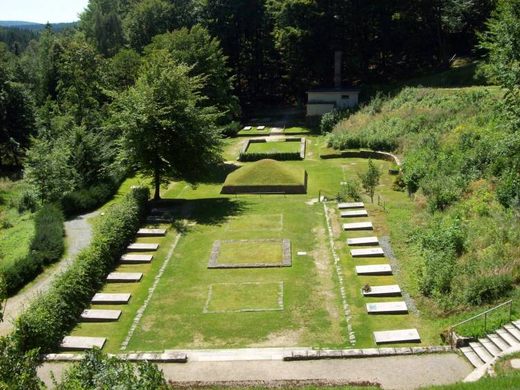

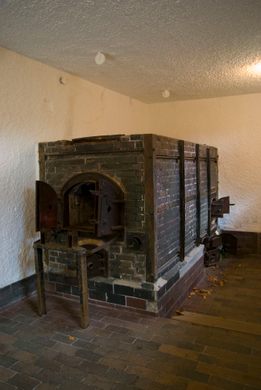

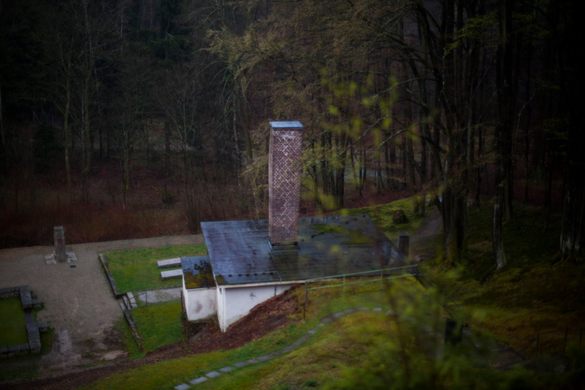





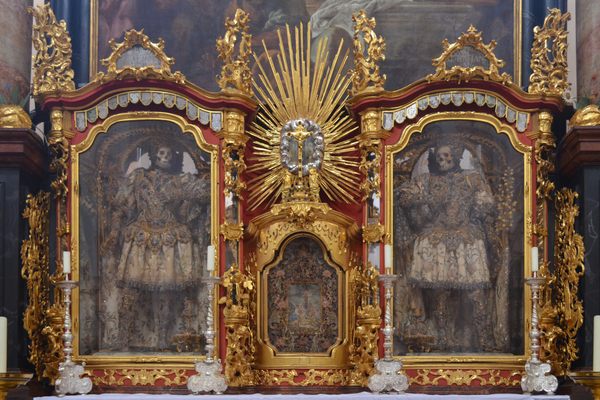


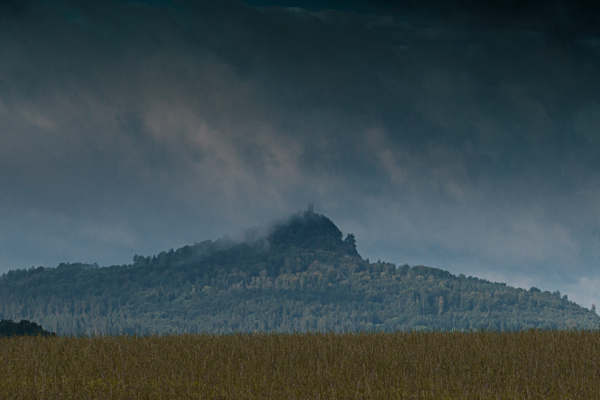

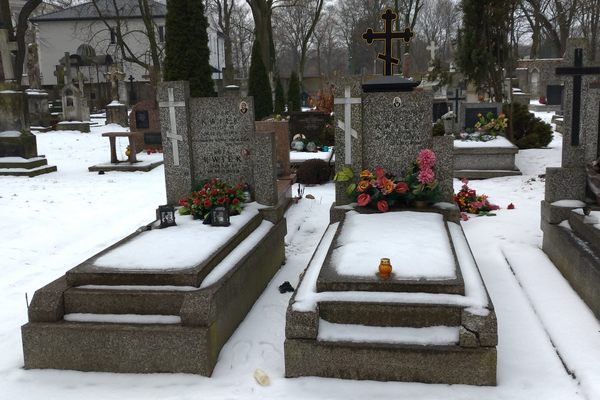



Follow us on Twitter to get the latest on the world's hidden wonders.
Like us on Facebook to get the latest on the world's hidden wonders.
Follow us on Twitter Like us on Facebook